Richmond Park, London
Originally created as a deer park by Charles I in the 17th century, Richmond is the least central of the royal parks, but has fast, easy connections by tube and train to central London. It’s also the largest of the parks, covering an area of 2,500 acres, with a varied landscape of hills, grassland and ancient trees, still encircled by the original walls (albeit rebuilt in places). The capital’s largest Site of Special Scientific Interest, the park is home to a rich variety of wildlife, including owls, kestrels and the herds of roe and fallow deer that have grazed the land since 1637. King Henry’s Mound – a bronze age burial chamber – is the place for views stretching all the way to St Paul’s Cathedral. Fishing, golf, horse riding and cycle hire are all on offer. Afternoon tea at Pembroke Lodge, an elegant Georgian mansion, is a great way to round off a visit.
royalparks.org.uk
Jesmond Dene, Newcastle
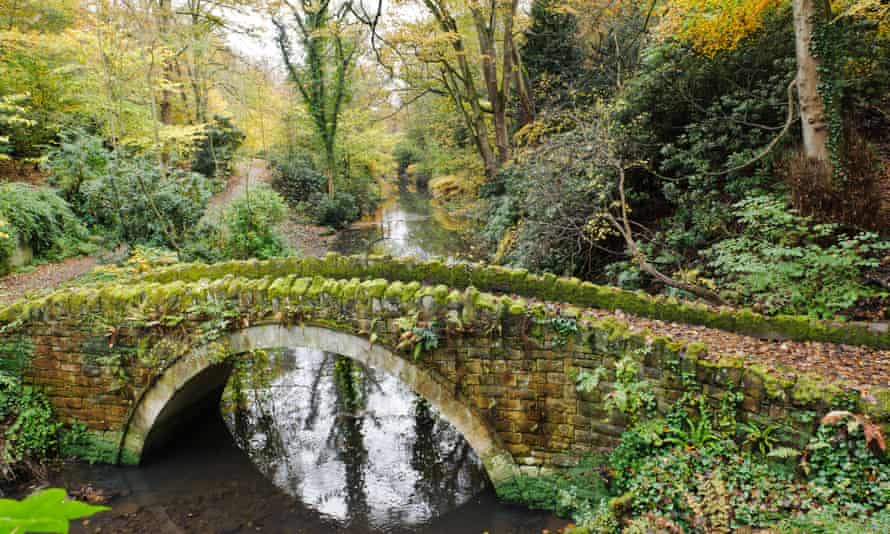
A historic park in the heart of suburban Newcastle, the Dene is a steep-sided valley, offering a tranquil place to walk that feels miles from the busy city streets. Created in the 1850s by a prosperous businessman, a landscape of weirs, rock islands and a waterfall were sculpted from the river valley that had previously been dotted with water mills. The Pets Corner – home to goats, sheep, peacocks and rabbits – is a big draw for younger children, along with a play area designed for under-eights. The Mill House Café does a nice line in light lunches and homemade cakes, or treat yourself to an upmarket lunch at Peace and Loaf (peaceandloaf.co.uk), a restaurant helmed by Dave Coulson, a finalist on MasterChef: The Professionals.
jesmonddene.org.uk
Seven Lochs Wetland Park, Glasgow
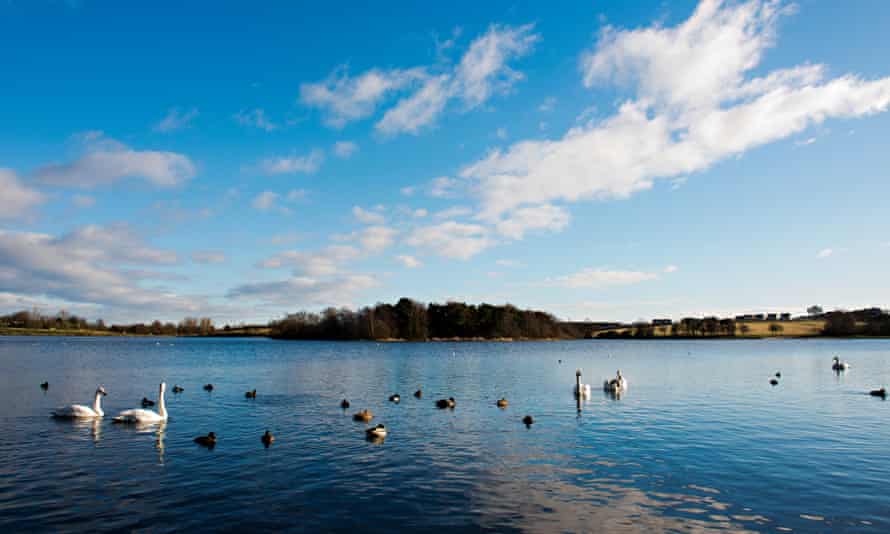
A new nature park just 15 minutes’ drive from the centre of the city, the park’s “kettle ponds” are home to a huge variety of wetland birds, including the grey heron, great crested grebe and majestic whooper swans, that fly from Iceland to over-winter in the park. Kids will love the downloadable activity packs and the “Play Wild” area, while numerous footpaths offer the chance of spotting roe deer and rare butterflies alongside the rich birdlife. The nearest place to refuel is the Glasgow Fort (glasgowfort.com) – an outdoor shopping centre with a clutch of familiar-name restaurants, which is 10 minutes away.
sevenlochs.org
Ecclesall Woods, Sheffield

The largest ancient, semi-natural woodland in South Yorkshire, Ecclesall comprises three separate woods, located in the southwestern corner of Sheffield, close to the border with the Peak District national park. Covering nearly 140 hectares, there are 15km of public bridleways and footpaths, leading off from the JG Graves Discovery Centre (open daily 10-3pm) – named after the philanthropist who helped the Sheffield Corporation buy the woods in 1827. An architecturally striking wooden construction, with a glazed central atrium overlooking a wildlife pond and bird-feeding station, this is the place to start and finish, with maps and other information available, along with hot drinks and homemade cakes in the Woodland Coffee Stop (open Tuesday to Sunday, 10-4am). For something heartier, the Rising Sun (emberinns.co.uk) is a cosy inn nearby, offering classic pub dishes.
friendsofecclesallwoods.org.uk
Manchester Green Trail
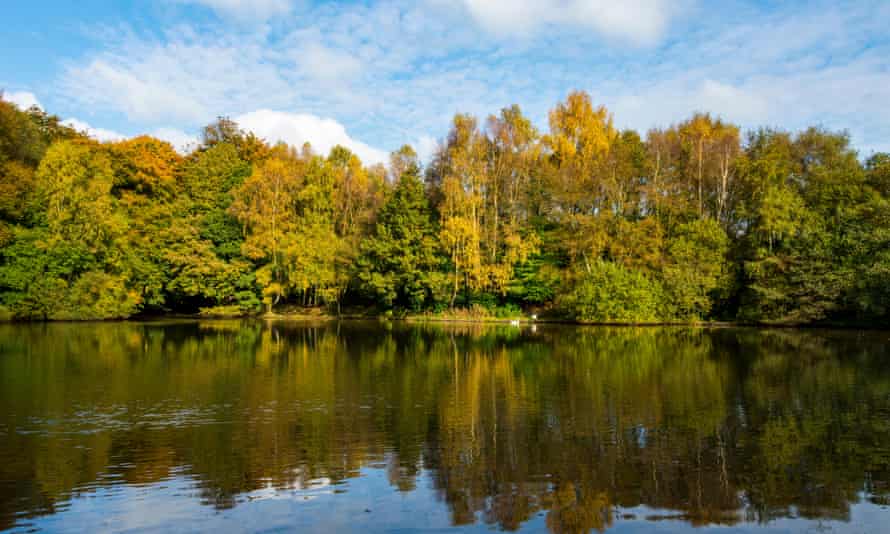
The first project of its kind in the UK, the Green Trail is a walking circuit made of 14 routes that circumnavigate the city of Manchester, connecting parks, woodlands and open spaces. There are 14 separate walking trails, with downloadable maps available; some more urban, such as the Whitworth Park to Alexandra Park route through Moss Side, while others are further out and have a properly rural feel, such as Heaton Park to Queens Park. Routes are of varying lengths, with the shortest around two miles, meaning that whatever level of walker you are, there will be a route to suit.
gmwalking.co.uk
Lickey Hills Country Park, Birmingham
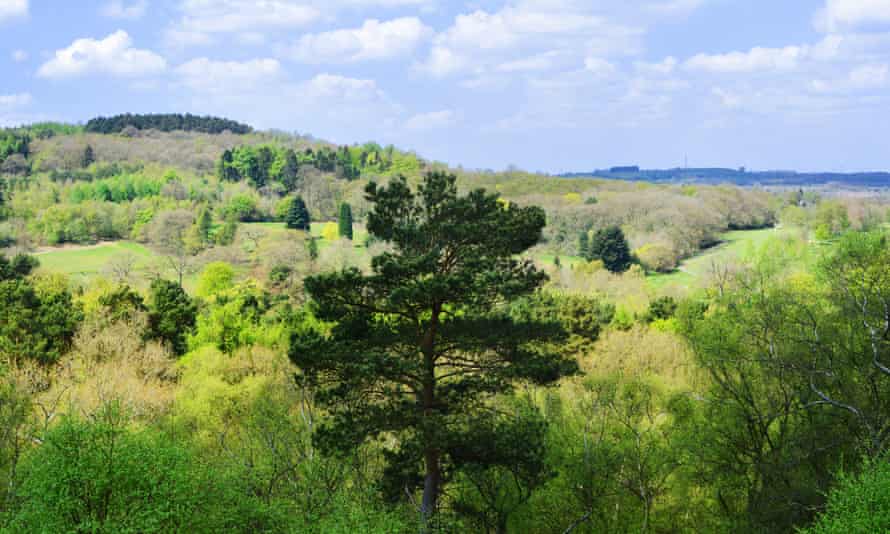
Just 10 miles southwest of the city, the Lickey Hills roll out across 524 acres, offering cycling, walking and horse-riding paths and a sculpture trail. It also boasts the best viewpoint in the area – 275m-high Beacon Hill, with 13 different counties visible on a clear day. The park is famous for its trees – the arboretum has 70 different species – while large conifer plantations offer walks beneath Scots pines and Norway spruce, and the Geology Trail takes in the five main rock-types that lie beneath the hills. The Lickey Hills golf course offers 18 challenging holes for adults, and a “tri-golf” course for children, while the visitor centre lends out rounders equipment for family tournaments and has free table-tennis and an adventure playground nearby. After all the activity, the Duck Pond Café (duckpondcafe.co.uk), located at the golf course, offers restorative tea and cake.
birmingham.gov.uk
Water of Leith Walkway, Edinburgh
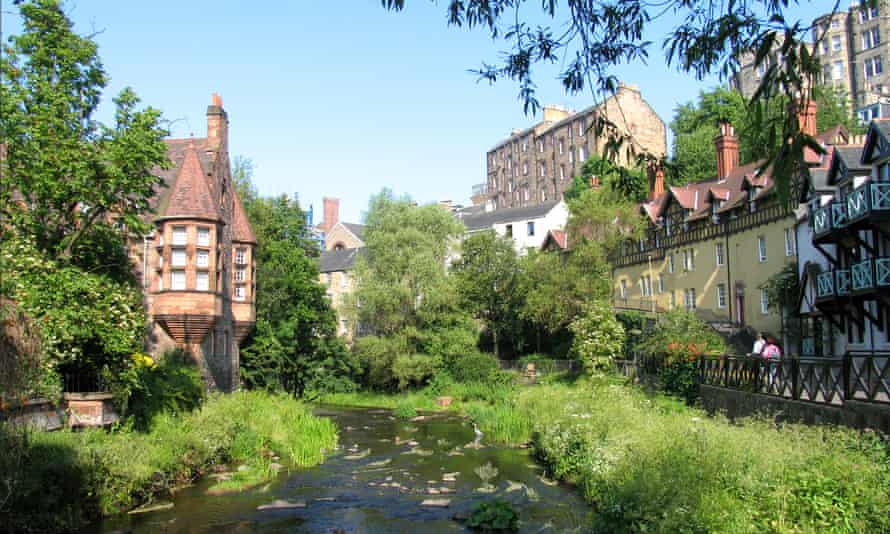
Stretching for 13 miles from Leith in the northeast of the city to Balerno in the southwest, this riverside walking trails runs right through the heart of Edinburgh, past the Gallery of Modern Art and the Royal Botanic Gardens. Designated an Urban Wildlife Site, the banks are home to more than 80 species of birds, including herons, goosanders and kingfishers, and dotted with patches of ancient woodland. The route can be cycled or walked, with maps available from the visitor centre, located at the halfway point. If the whole route is too much for one day, break the walk with a night at the Bonham (thebonham.com), located close to the river in the city’s leafy West End.
waterofleith.org.uk
Golden Acre Park, Leeds
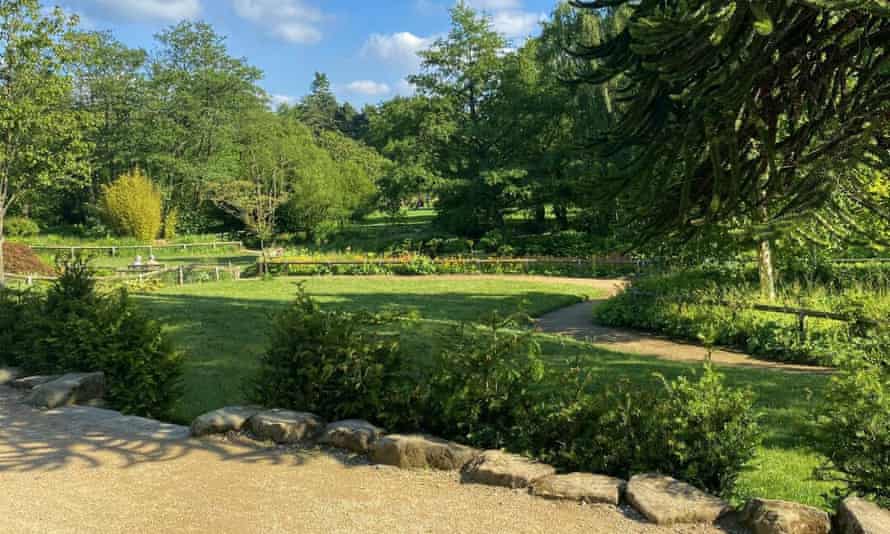
Six miles north of central Leeds, Golden Acre Park began life in the 1930s as a privately owned amusement park, with a swimming pool and miniature railway, before closing due to the war. Now divided into several different areas, the park boasts the largest heather garden in Europe, wildflower meadows and sandstone rock gardens, along with a tranquil lake that is home to herons, geese and swans. Although there’s no play area, there are flat, family-friendly cycling trails, and the Golden Acre café (open daily, 10-3.30pm in winter) serves up crowd-pleasing cakes and sandwiches, with an outdoor patio if the weather is kind. If it isn’t, the Lawnswood Arms (hungryhorse.co.uk) is a short drive away, offering hearty pub food and a comfortable retreat.
discoverleeds.co.uk
The Taff Trail, Cardiff
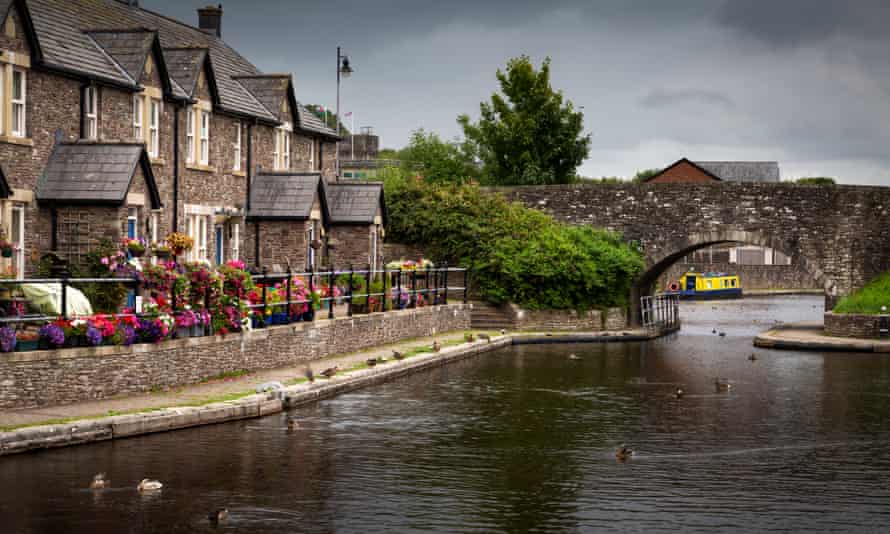
The Taff Trail is a 93km way-marked walking route, running from Cardiff’s waterfront to the town of Brecon in the Brecon Beacons National Park. The first eight-mile stretch is a great way to discover the city through its green spaces and parks, while walking along the banks of the Taff – once the city’s main trade artery and now a haven for wildlife. Grey herons and kingfishers are regular visitors, with leaping salmon often seen at Blackweir, where the Blackweir Tavern (blackweirtavernpub.co.uk) makes an ideal stopping point for lunch or a refreshing beer. If you want to explore further on foot, the Bay Trail is a great way to discover the attractions and activities along Cardiff Bay.
outdoorcardiff.com
Speke Hall Garden and Estate, Liverpool

Situated next to Liverpool airport and a stone’s throw from the centre of the city, this riverside estate has over 400 years of history. The picturesque, Tudor timber-framed manor house is surrounded by lush gardens and woodland that runs down to the banks of the Mersey. A great choice for families, with a child-friendly hedge maze, two play areas and an activity trail, the estate is also steeped in history – Stockton’s Wood was once used to hide aircraft from German spy planes in the Second World War. The Home Farm buildings house a café, serving up the Trust’s trademark homemade soups and cakes, as well as Speke’s Volumes – a second-hand bookshop with all profits going to the Trust’s conservation work. Round off the day with a trip to Hale village, home to two cosy pubs (visithalevillage.co.uk).
nationaltrust.org.uk




